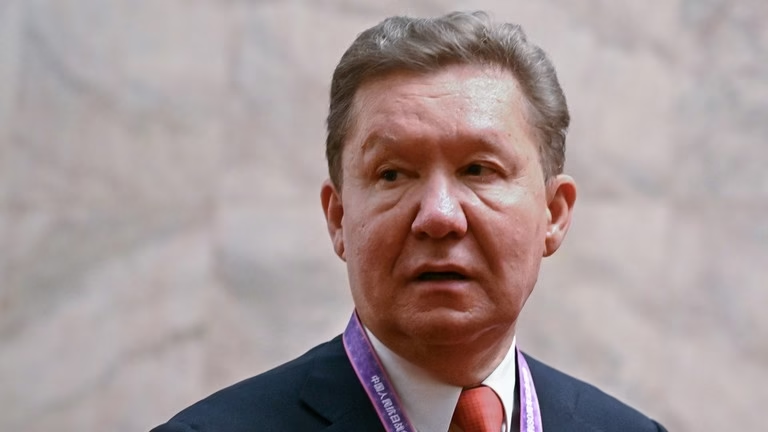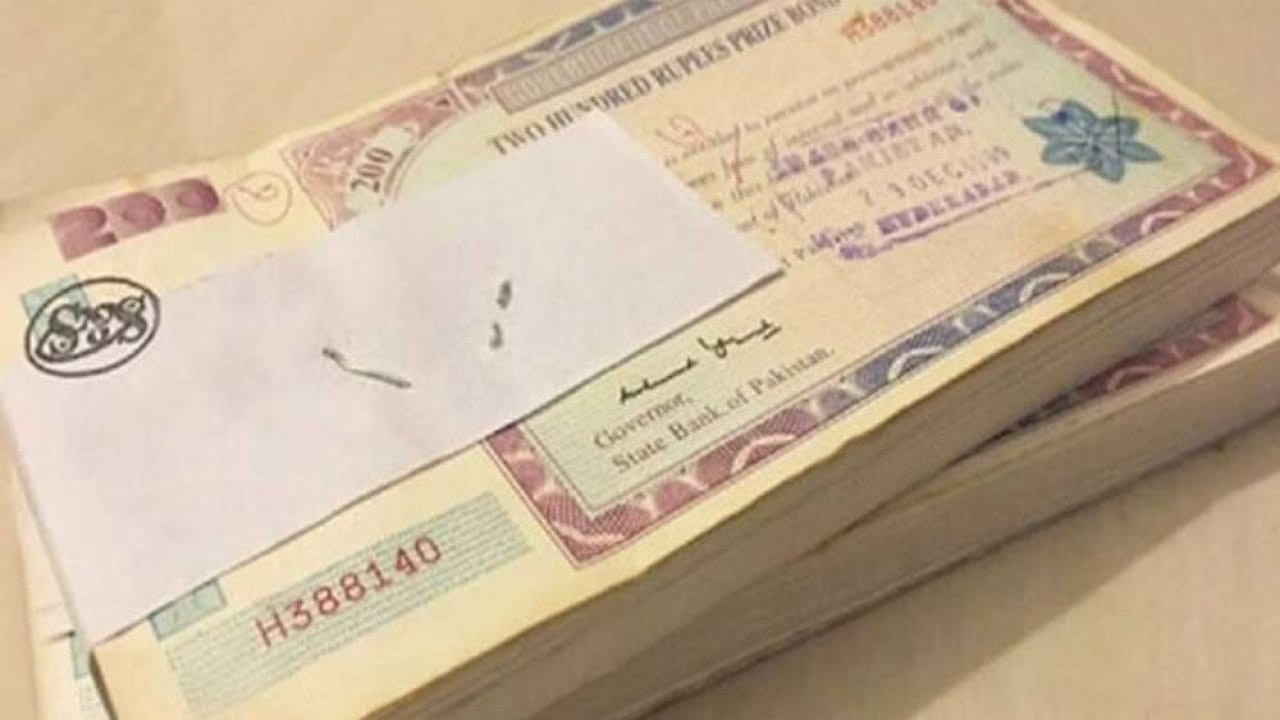The EU gas shortage has become a pressing concern as experts warn that Europe may face severe energy insecurity if a cold winter strikes this year. Gazprom CEO Aleksey Miller recently cautioned that the region’s underground storage facilities have not been replenished sufficiently, leaving member states vulnerable. With geopolitical tensions, sanctions, and infrastructure disruptions already straining supplies, the European Union finds itself at a crossroads in preparing for the upcoming heating season.
EU Gas Shortage: Storage Deficit Raises Red Flags
According to data from Gas Infrastructure Europe (GIE), only two-thirds of the gas withdrawn during the last winter has been restored. The current shortfall of 18.9 billion cubic meters marks the second-largest deficit recorded for this period. This raises alarms about Europe’s ability to meet demand if temperatures drop significantly in the coming months.
The EU gas shortage is further complicated by the bloc’s heavy reliance on imports. Nearly 90% of its natural gas comes from external sources, and while efforts to diversify supplies are underway, Russian gas still plays a significant role despite sanctions.
Gazprom’s Warning and Declining Supplies
Gazprom, once the European Union’s primary supplier, has drastically reduced exports to the region over the past three years. Before the escalation of conflict and sanctions, Russia supplied about 40% of the EU’s gas needs. Today, exports are much lower, but Moscow remains a key player in the energy market.
Miller’s recent comments stressed the urgency of the situation: “If there is a normal cold winter, this will become a real problem.” The warning underscores how the EU gas shortage is not just theoretical but an imminent threat that could destabilize households, industries, and economies across the continent.
Political Tensions Over the EU Gas Shortage
The EU gas shortage is also tied closely to political disputes within the bloc. The European Commission, under President Ursula von der Leyen, has committed to phasing out Russian oil and gas by 2027 through its REPowerEU strategy. The plan is designed to accelerate renewable energy adoption and reduce dependency on Moscow.
However, the transition has faced resistance. Hungary and Slovakia, which remain heavily reliant on Russian pipeline gas, have openly opposed new sanctions targeting energy. Earlier this year, both countries initially blocked the EU’s 18th sanctions package, warning of severe shortages and soaring prices. Concessions eventually led to the package’s adoption, but divisions within the bloc highlight the difficulty of addressing the EU gas shortage collectively.
Impact of the EU Gas Shortage on Households and Businesses
The ripple effects of the EU gas shortage could be devastating. Energy-intensive industries like steel, chemicals, and manufacturing face potential slowdowns or shutdowns if supply remains constrained. Households could also face record-high utility bills, a scenario already seen in previous winters when energy costs spiked.
The International Energy Agency (IEA) has repeatedly stressed the importance of energy conservation measures, diversification of suppliers, and investments in renewable infrastructure. However, such initiatives require time, while the EU gas shortage is an immediate challenge.
Alternatives and Long-Term Solutions
Europe has taken steps to mitigate the crisis, including boosting imports of liquefied natural gas (LNG) from the United States, Qatar, and other producers. Germany, for instance, has rapidly built LNG terminals to diversify its energy portfolio. Yet, despite these efforts, replacing Russian pipeline gas entirely remains difficult in the short term.
Expanding renewable energy is another critical pillar of addressing the EU gas shortage. The REPowerEU strategy targets a significant increase in wind, solar, and green hydrogen projects. According to Eurostat, renewable energy already accounts for about 23% of the EU’s total energy consumption, but experts argue that this must grow much faster to ensure long-term stability.
Economic Risks of the EU Gas Shortage
The EU gas shortage also has broader economic implications. High energy costs have already contributed to inflation, reducing consumer spending power and slowing growth across several member states. Analysts warn that another winter of tight supply could push some economies toward recession.
Moreover, Moscow has labeled the EU’s sanctions “self-defeating,” claiming they have exacerbated energy price volatility and weakened the bloc’s competitiveness. While political leaders in Brussels remain committed to energy independence, the short-term costs of the EU gas shortage cannot be ignored.
The EU gas shortage poses a multifaceted challenge for Europe, combining geopolitical tensions, infrastructure gaps, and economic risks. While long-term plans such as the REPowerEU strategy aim to shift the bloc toward renewables and away from Russian energy, immediate vulnerabilities remain.
With underground storage levels still below safe thresholds and winter approaching, the European Union must act swiftly to secure supplies, strengthen solidarity among member states, and accelerate its transition to sustainable energy. Otherwise, the EU gas shortage could evolve into one of the most severe crises the continent has faced in recent years.



